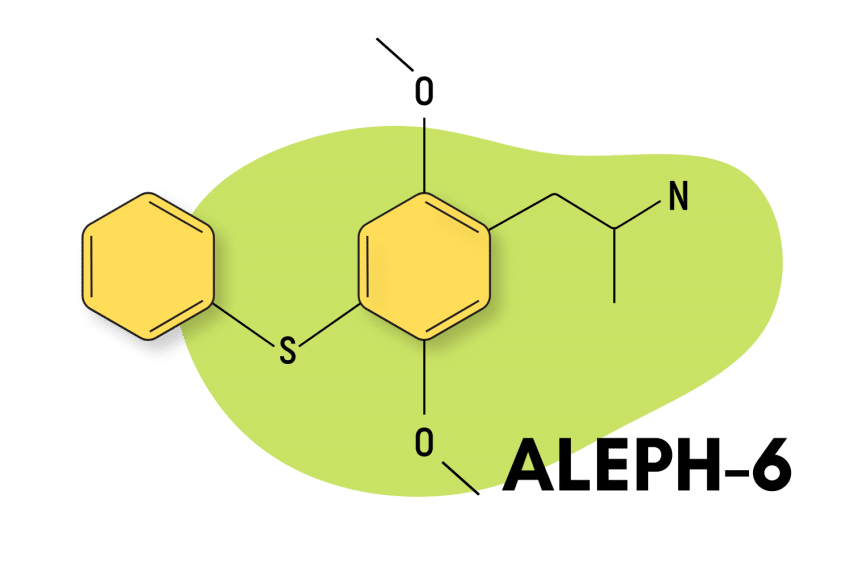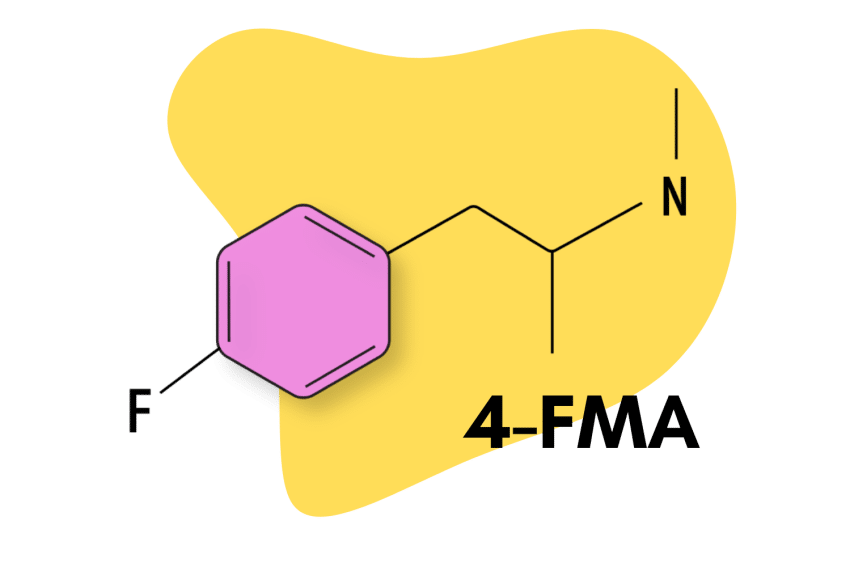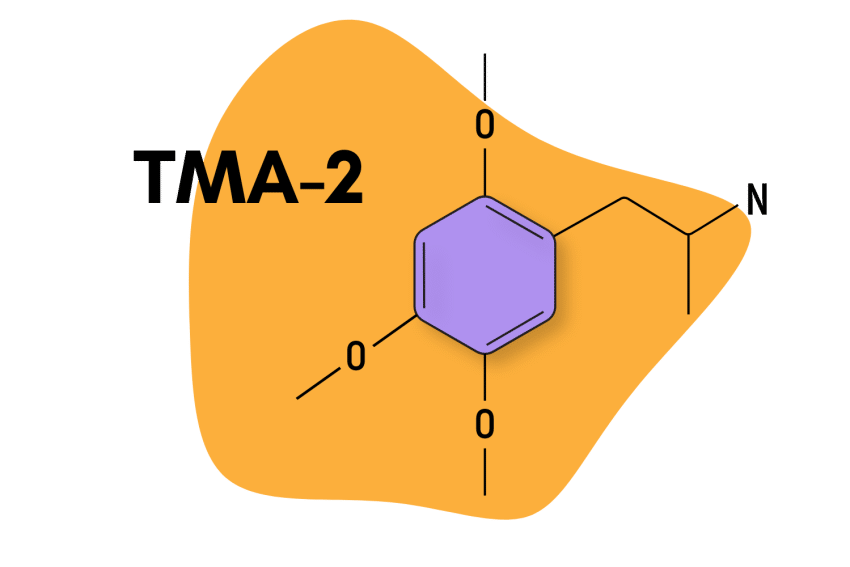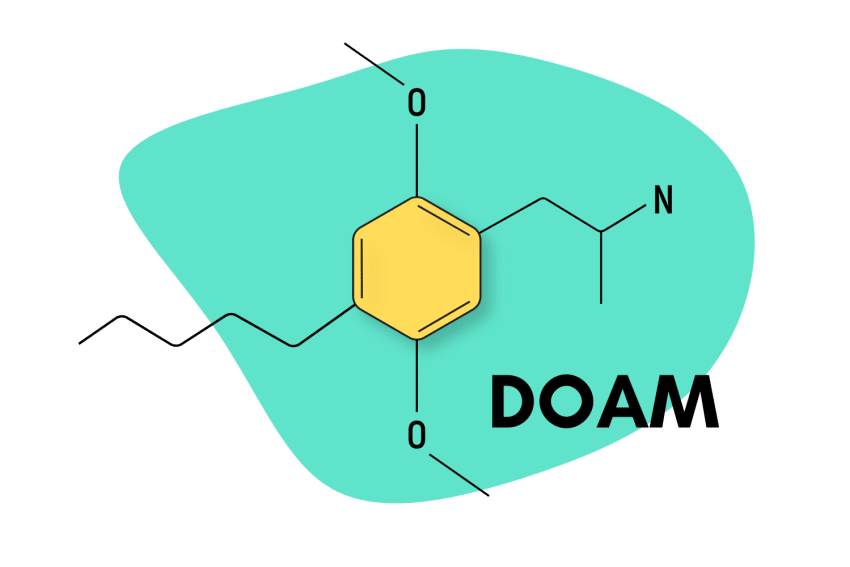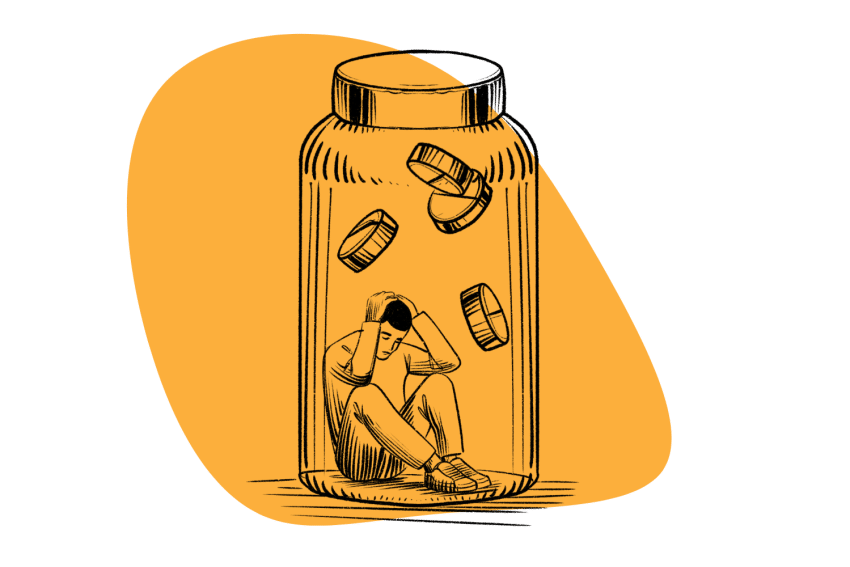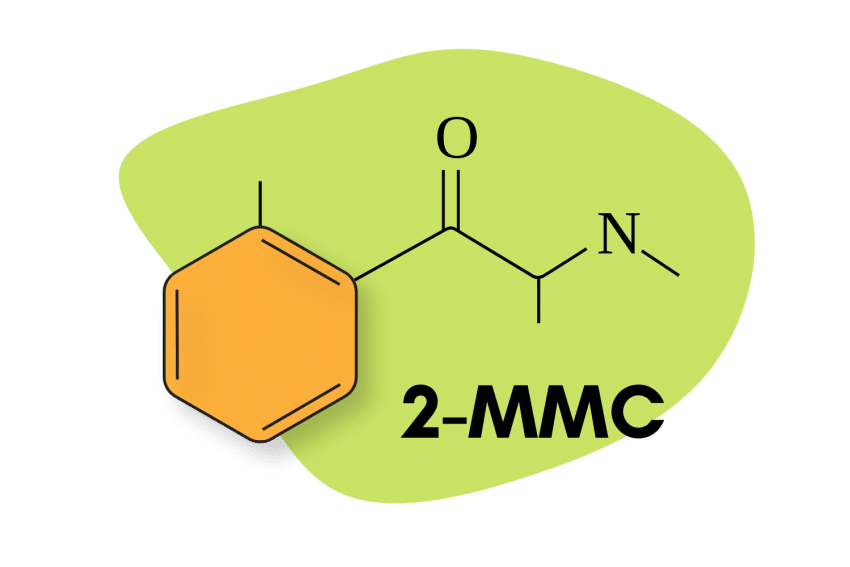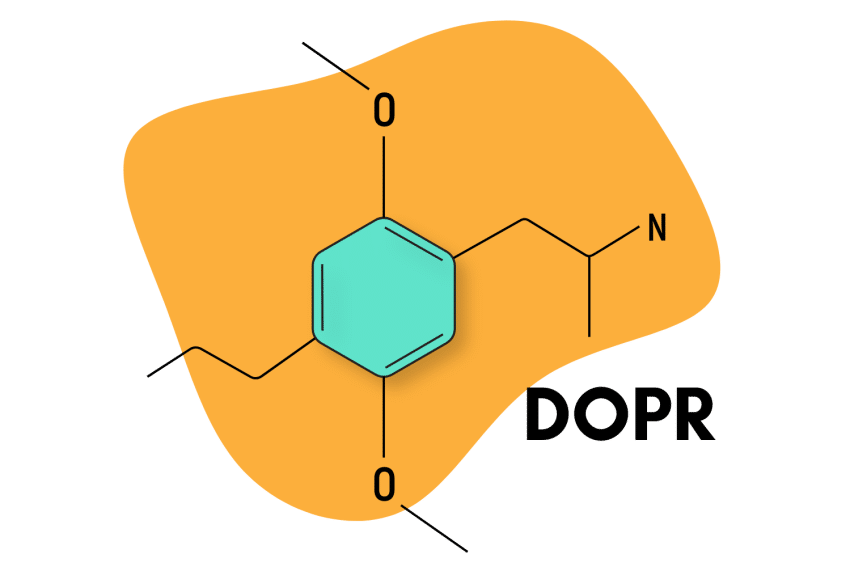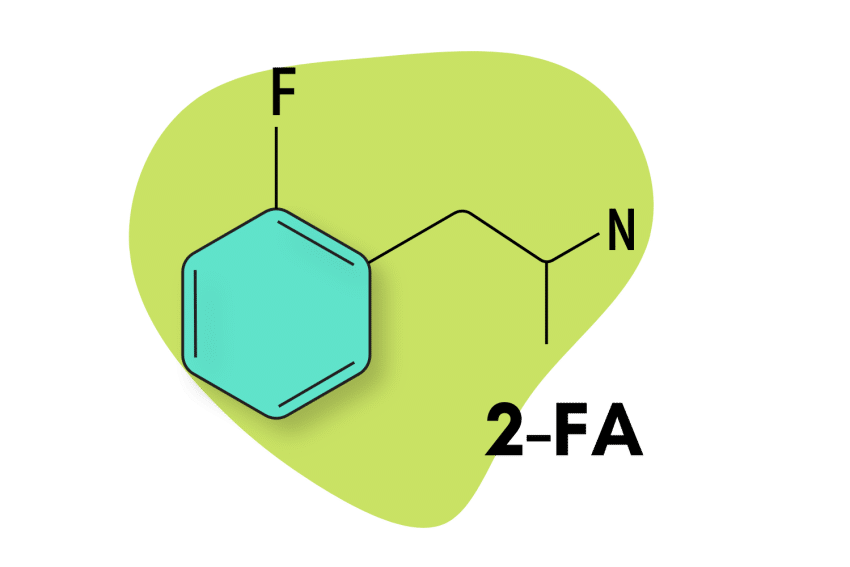What’s Going On With The Adderall Shortage?
For many, the monthly pharmacy calls bring a pit to their stomach as a reality of uncertainty has settled on prescription ADHD medications. Despite common misconceptions about people with ADHD, losing access to this medication has dire consequences for already marginalized members of our society.

Over six months ago, the DEA first announced there was a shortage of several stimulant medications, and little has changed since. Issues have likely only worsened over time, with Bloomberg recently surveying local pharmacies and discovering 97% didn’t have enough in stock.
Two months after the shortage began, the DEA refused to increase production quotas of active ingredients for manufacturers. Yet manufacturers often claim a shortage of these components as a reason for their shortage.
Many are quick to point to the DEA as the demon of the shortage — and, to be clear, they do play a major role — but it’s merely one of several coalescing together. Let’s break down the reasoning for the shortage, why it’s still happening, and whether we’ll ever see relief from it.
Related: Vyvanse Not Working? Here’s What Might Be Happening
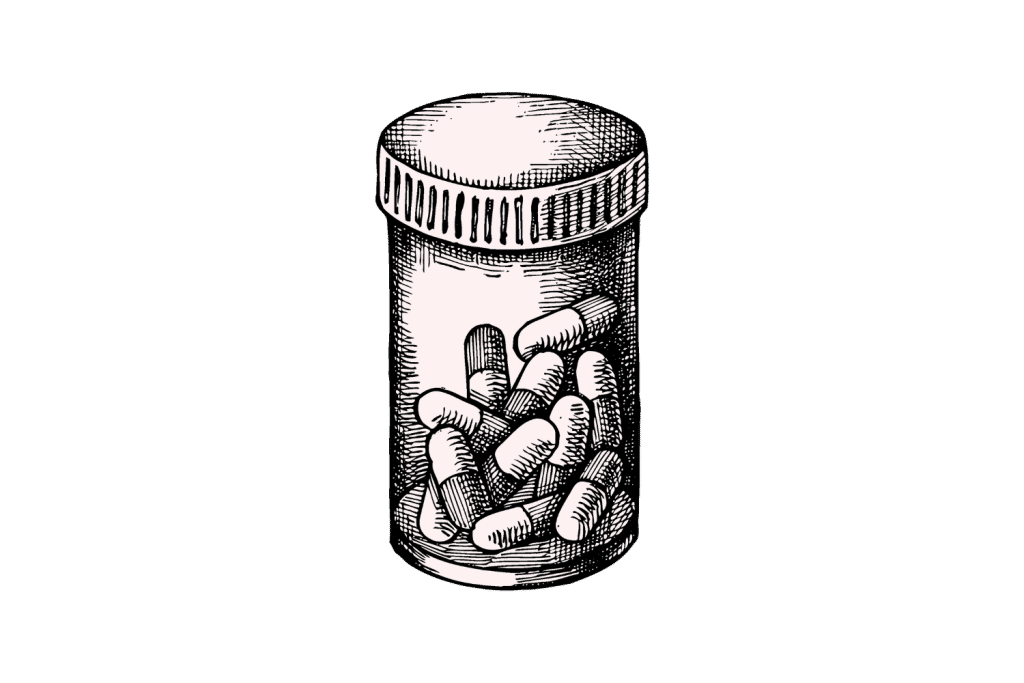
What Caused the Adderall Shortage?
The DEA, FDA, manufacturers, and an influx of demand thanks to telehealth and the mental health implications of Covid all share blame for creating and continuing the shortage.
While the Food and Drug Administration (FDA) officially announced the shortage in October 2022, issues around Adderall (a type of amphetamine) had been around since July. Teva first cited issues in manufacturing from inadequate staffing but, after fixing the issue, noticed production still couldn’t meet demand.
The FDA’s statement came months after users reported hearing back from the agency about their complaints. In it, they claimed the problem was a result of “not sufficient supply to continue to meet US market demand.”
Days later, the DEA tied itself to the FDA for setting quotas on this supply and declined to increase them when proposing the 2023 rules. Their reasoning: the manufacturers were simply incorrect about needing more, and if they did run out, they could file a request for such at anytime.
This was a different tune from what they told manufacturers in a private letter over the summer, however. As the Wall Street Journal confirmed and reported on, they made it clear they would be closely scrutinizing and critiquing every request.
Their reasoning was over-prescription of stimulants by practitioners, alleging much of the surge in prescriptions didn’t have merit.
Sadly, none of these fingers pointing around the room has put any actual effort into change.
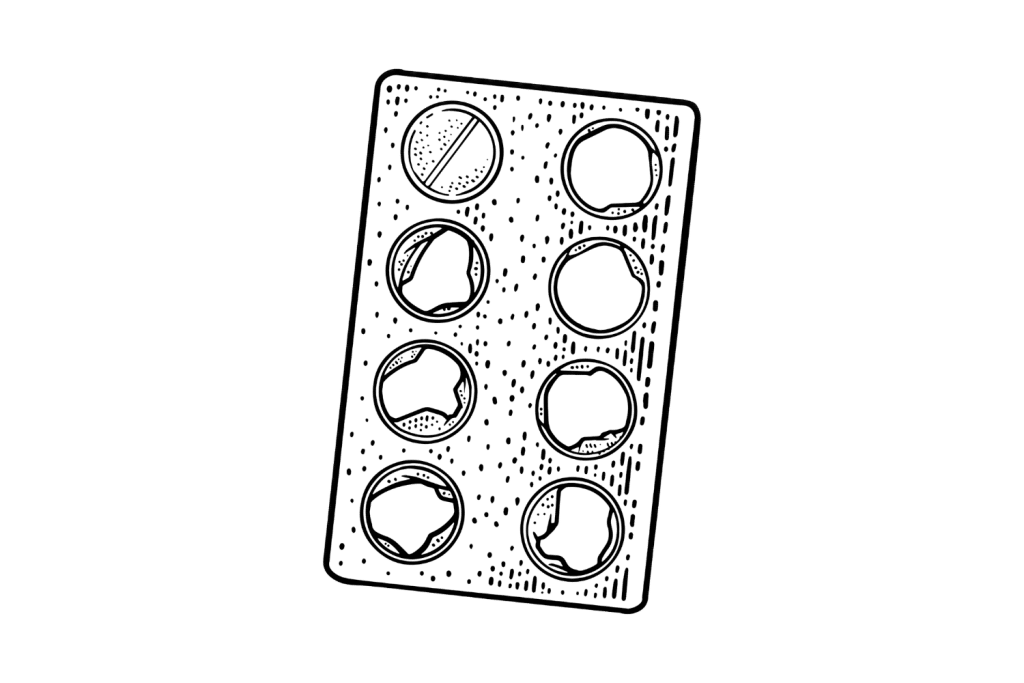
The FDA’s Role in the Adderall Shortage
The FDA’s role in the Adderall shortage is two-fold. First, they delayed telling the public about the shortage despite signs of it existing for months before the official announcement. Second, they set loose limits for generic manufacturers, which can cause varying levels of efficacy.
Let’s break each of these down in a bit more detail:
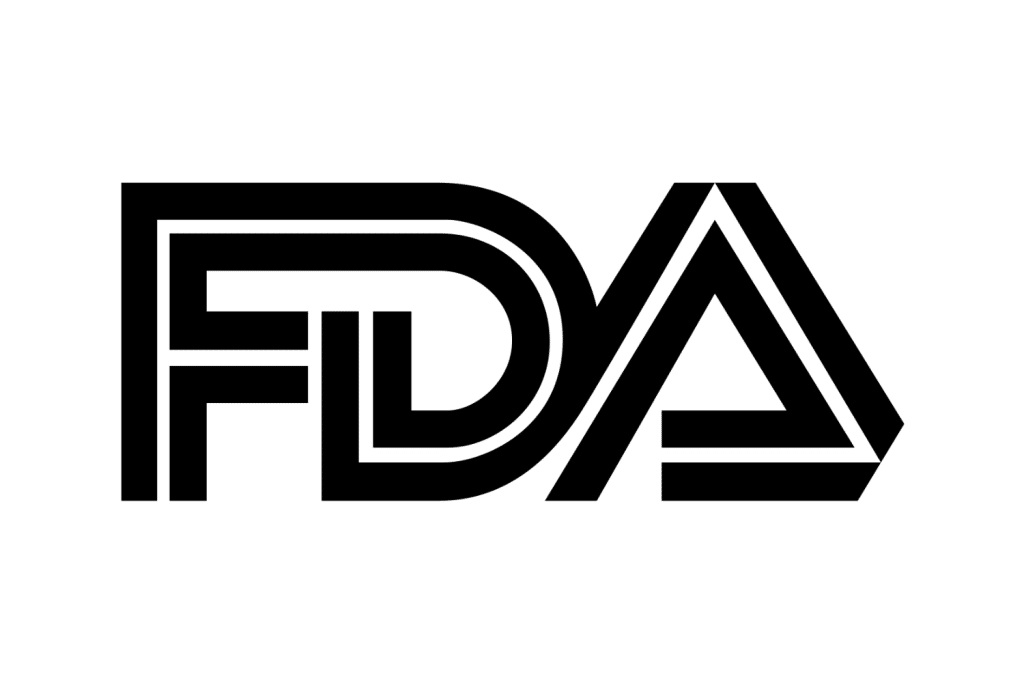
Why The FDA Delayed Notifying the Public About the Adderall Shortage
Fearing panic and hoarding medication, the FDA waited months to reveal the concern to the public.
Individuals began reporting interactions with the FDA as early as July, with responses from them pertaining to Teva’s impending shortage. At the time, they claimed the manufacturer was having problems with the manufacturing process, which would likely resolve within a couple of months.
Yet it took until early October for the FDA to release their statement on the fact, leaving many wondering for months why their prescriptions were harder to come by.
The process of notifying the FDA of an issue is complex and not everyone’s first thought — especially when the medication they’re supposed to take to help complete tasks isn’t available. Yet it was largely only those who figured this out who knew what was happening.
Meanwhile, scripts started backing up at pharmacies, and people began having to experiment with other medications or manufacturers of their medication.
This brings us to the other way the FDA contributes to the problem.
The FDA’s Loose Regulations on Generic Medications
While generic brand medication all has the same active ingredients, different companies may use different fillers for the pill. As we’ve reported, several people are finding their medication to be drastically less effective (sometimes ineffective entirely.)
As the regulatory agency for prescription drugs, the FDA is responsible for setting the “bioequivalence requirements” for generic drug applications. These regulations are instrumental in determining whether a generic drug is as effective as its brand-name equivalent before going to market.
However, according to their definition of the term, a generic drug qualifies for approval “in the absence of a significant difference” from the brand name version. As a result, generic drugs don’t all act the same way, even though they fill the same prescription.
It’s also worth noting the FDA’s interest is solely in active ingredients and “fillers” — inactive components which may color or hold the medication together — vary between manufacturers. Here’s a breakdown of inactive ingredients among the same 30mg option from the two most common manufacturers:
- Silicon Dioxide
- Sucrose
- Maltodextrin
- Corn Starch
- Magnesium Stearate
- Microcrystalline cellulose
- Saccharin sodium
- Yellow Dye No. 6
- Gelatin
- Hypromellose
- Methacrylic acid — methyl methacrylate copolymer (1:1)
- Sucrose
- Talc
- Triethyl citrate
- Ferric oxide red
- Ferric oxide yellow
- Titanium dioxide
- Opadry beige coloring
Though these ingredients are all supposedly not active, they may affect different people in different ways.
The DEA’s Role in the Adderall Shortage
Each year, the DEA and FDA work together to determine limitations on active ingredients for medication. The aggregate production quota (APQ) determines how much medication manufacturers can make, sell, and buy, and the DEA refused to increase this limit.

Declining to budge after 357 largely negative public comments, the DEA responded to concerns of increasing demand with the following:
The majority of the manufacturers contacted by DEA and/or FDA have responded that they currently have sufficient quotas to meet their contracted production quantities for legitimate patient medical needs. According to DEA’s data, manufacturers have not fully utilized the APQ for amphetamine in support of domestic manufacturing, reserve stocks, and export requirements for the past three calendar years 2020, 2021, and 2022.
Shortly after this, a representative from a major manufacturer of generic and brand-name Adderall, Teva Pharmaceuticals, hinted towards issues with quotas as being the concern. While they initially believed the labor shortage was the main disruption, they later found the increase in demand and restriction of quota was their problem.
DEA’s response, including the phrase “legitimate patient medical needs,” is particularly suspicious given their previous warnings to manufacturers. Without the implementation of more visibility into this incredibly opaque system, there’s no way to know which claims have any truth to them.
Manufacturer’s Role in the Shortage
While the letter from the DEA chastising manufacturers for an increase in prescriptions was undoubtedly unfair, manufacturers aren’t free from blame either. Despite the importance of the problem, many don’t speak to the cause of their shortage or even report on what’s happening.
Legally, they don’t have to tell the public the reasoning behind a shortage, and most who do offer little detail beyond “increase in demand” or similar. When we don’t know what’s going on, it’s impossible to fix problems when they crop up.
Once one drug experiences a shortage, manufacturers may find themselves falling behind others in an attempt to catch up. A major pharmaceutical company like Teva could experience an amphetamine shortage which leads to shortages in amoxicillin, suboxone, or other critical medications.
Ideally, the public would have a detailed understanding of the actual problem. “Manufacturing delays” doesn’t explain their cause, and “increase in demand” doesn’t provide the missing components or when they may arrive back in stock.
Given the drastic number of lawsuits, nearly every one of them has either settled or lost; you’d think they would take more steps to establish trust with the public.

Did Telemedicine Lead to the Adderall Shortage?
As we recently reported after Biden announced plans to cut telehealth, actions putting it in place after covid led to drastic changes in how our healthcare system operates. There are several pros and cons to telehealth, but the fact remains: more people now have access to their medication.
When the DEA sent a letter to manufacturers urging them to scrutinize increases in prescriptions, it did so based solely on a hunch. Granted, some companies have been caught in gross misconduct and are facing consequences for it, but this doesn’t mean the entire influx is without warrant.
Many people — including the author of this article — have been waiting their whole lives for an affordable way to obtain a medication they always knew they needed. Pair complicated care with the trend of ADHD affecting marginalized and lower-income families [1], and it’s no wonder a surge broke out when care became possible.
Even when looking at medical care providers handing out prescriptions without due diligence, we don’t know how many recipients simply finally saw their opportunity for care.
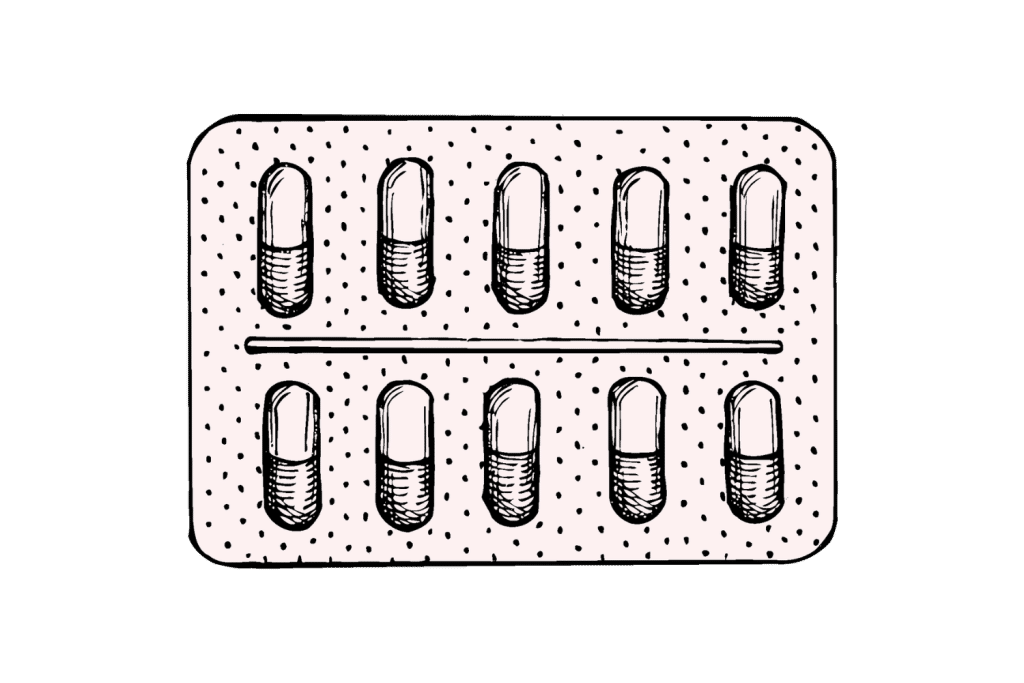
Other Medications Affected By Shortages
205 medications currently exist on the database for drug shortages the FDA offers.
Included in these are some important medications like:
- Fentanyl Citrate Injection — A potent opioid often used before surgery, with manufacturers citing an increase in demand and manufacturing delays as the reason for this.
- Morphine Sulfate Injection — A moderate pain-relieving opioid often used for severe pain and pain associated with cancer.
- Amoxicillin Oral Powder for Suspension — A powerful tool for treating infection and a common go-to for pediatric treatment.
- Ozempic — Injections to help control the effects and symptoms of Type II Diabetes.
There are also a host of pediatric, mental health, anti-infection, and other important medications on the list of shortages. Periodic news of shortages for life-saving medically-assisted treatment for opioid withdrawal-like suboxone and buprenorphine are also starting to circulate — though largely internationally and without current official US shortages.
As time goes on, it seems the issue continues to swell instead of shrink, and it’s impossible to calculate the volume of people the shortage affects. All we currently know is very little is happening to fix the problem.

Conclusions: What Shortages Tell Us About Healthcare
Adderall and other medication shortages, having lasted this long, show us how ill-equipped we are to handle any snag in our healthcare system. Even going by the official date of the shortage, the DEA, FDA, and manufacturers have had over six months to figure out a solution to this problem and have spent the entire time trying to shift blame.
Adderall may be as crucial to some lives as your morning cup of coffee, but it’s also instrumental in the treatment of narcolepsy and other concerns. Additionally, ADHD is a mental health condition, and the worsening of your ADHD symptoms can — and will — cause issues with anxiety and depression.
Filter Magazine has already reported on people seeking out methamphetamine as a more readily-available substitute, calling back to the concerns of the opioid crisis. Then, the government feared the overprescription of opioids and cut off users arbitrarily, leaving many of them to seek out less safe alternatives.
Today, we have the overdose epidemic of contaminated drug supplies contributing to countless unnecessary deaths every year. How we treated the opioid crisis likely shares the brunt of the blame for our current state of affairs.
In ten years, let’s hope we aren’t saying something similar about amphetamines.
References
1. Zablotsky, B., & Alford, J. M. (2020). Racial and Ethnic Differences in the Prevalence of Attention-deficit/Hyperactivity Disorder and Learning Disabilities Among US Children Aged 3-17 Years. NCHS Data Brief, 358, 1–8.

